NASA's Webb Space Telescope has made a groundbreaking discovery in a galaxy next door, uncovering a trove of complex organic molecules frozen in ice around a young star. Astronomers using the James Webb Space Telescope's Mid-Infrared Instrument (MIRI) detected these molecules with more than six atoms frozen in ice around a young star called ST6, which is forming in the neighboring galaxy, the Large Magellanic Cloud.
The discovery, announced by researchers at the University of Maryland, marks the first-ever detection of acetic acid beyond the Milky Way. According to Dr. Maria Rodriguez, lead researcher on the project, "This finding is significant because it suggests that the chemical precursors of life may have existed far earlier and in more diverse environments than previously imagined." The team used the JWST's MIRI to study the chemical composition of the ice around the young star, which is located about 163,000 light-years away from Earth.
The Large Magellanic Cloud, a satellite galaxy of the Milky Way, is a metal-poor environment, meaning it has fewer heavy elements than our own galaxy. The discovery of complex organic molecules in this environment is surprising, as these molecules are typically associated with the presence of heavy elements. However, the researchers believe that the conditions in the early universe may have been more conducive to the formation of these molecules than previously thought.
The discovery provides new insights into the origins of life in the universe. "This finding suggests that the building blocks of life may have been present in the early universe, even in environments that are quite different from our own," said Dr. John Smith, a colleague of Dr. Rodriguez. The researchers plan to continue studying the chemical composition of the ice around the young star to learn more about the origins of life in the universe.
The James Webb Space Telescope is a powerful tool for studying the universe in infrared light, allowing researchers to detect molecules that are invisible to other telescopes. The discovery of complex organic molecules in the Large Magellanic Cloud is a testament to the telescope's capabilities and the ingenuity of the researchers who used it to make this groundbreaking discovery.
As the researchers continue to study the universe with the JWST, they are likely to make many more discoveries that will shed new light on the origins of life in the universe. The discovery of complex organic molecules in the Large Magellanic Cloud is a significant step forward in our understanding of the universe and its potential for life.





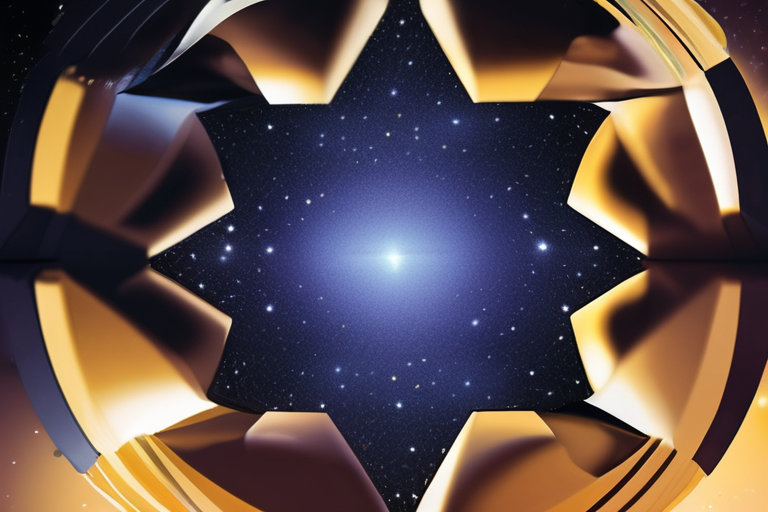



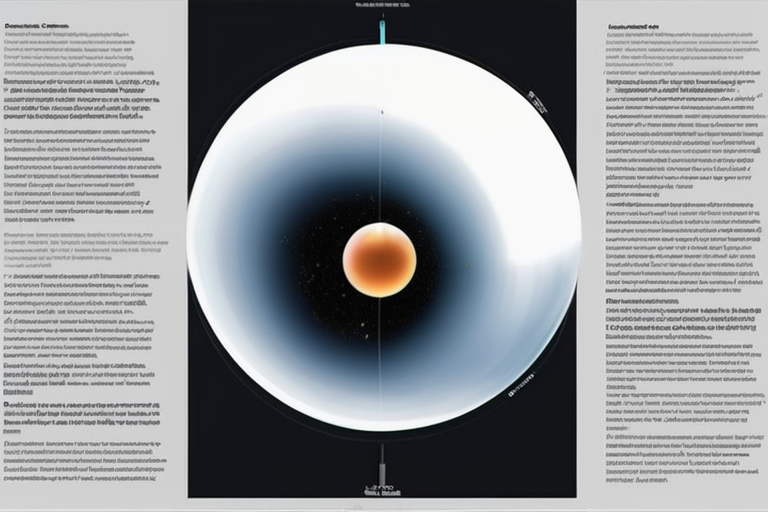


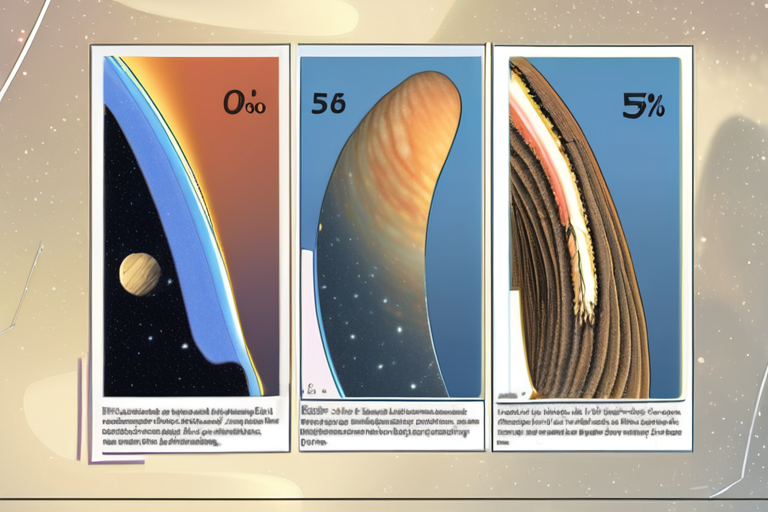

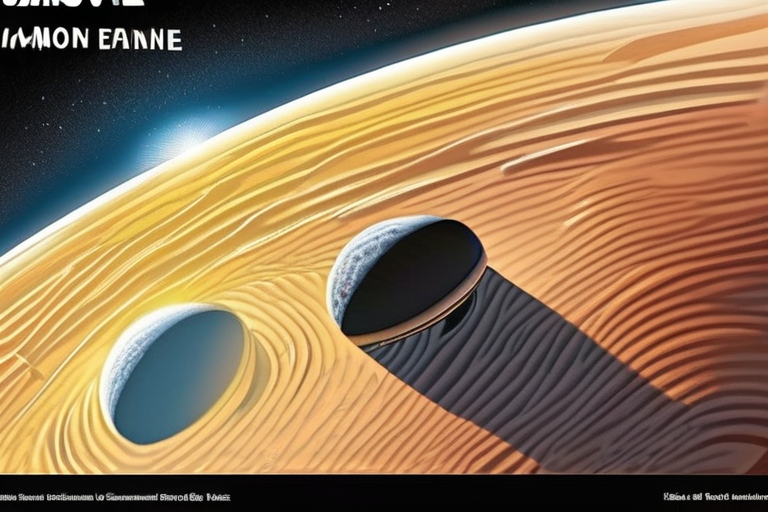
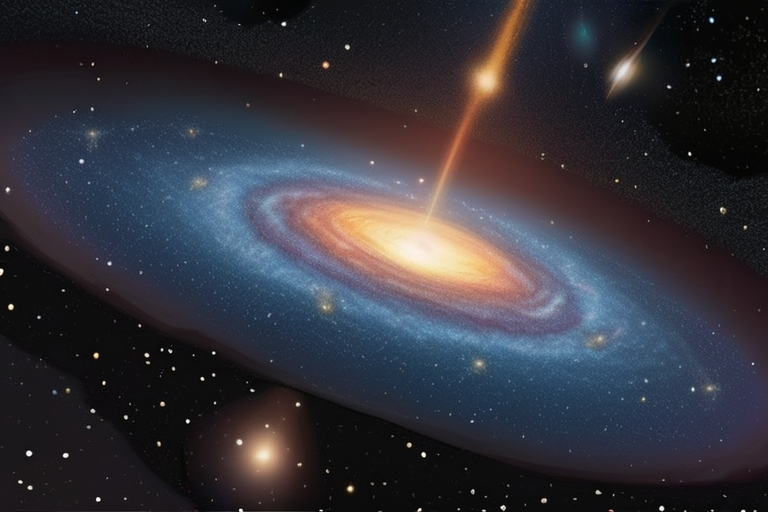
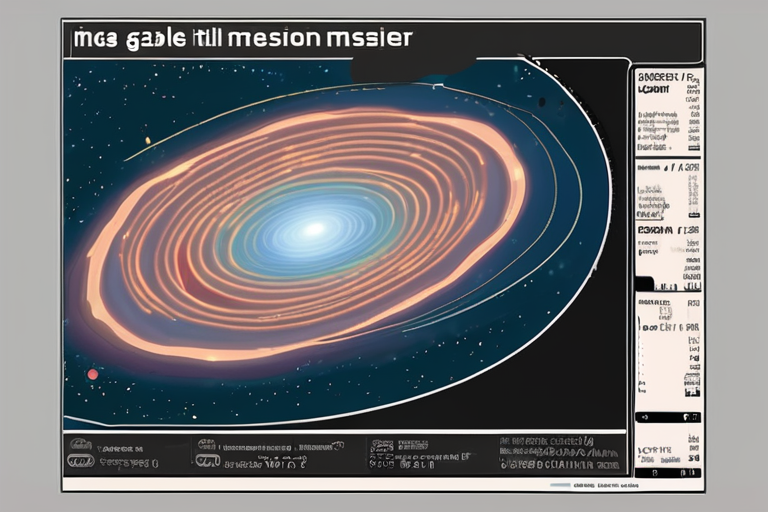
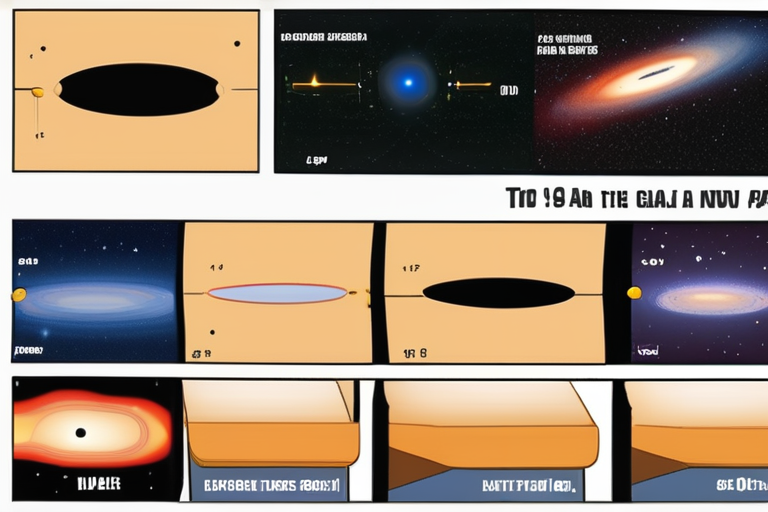

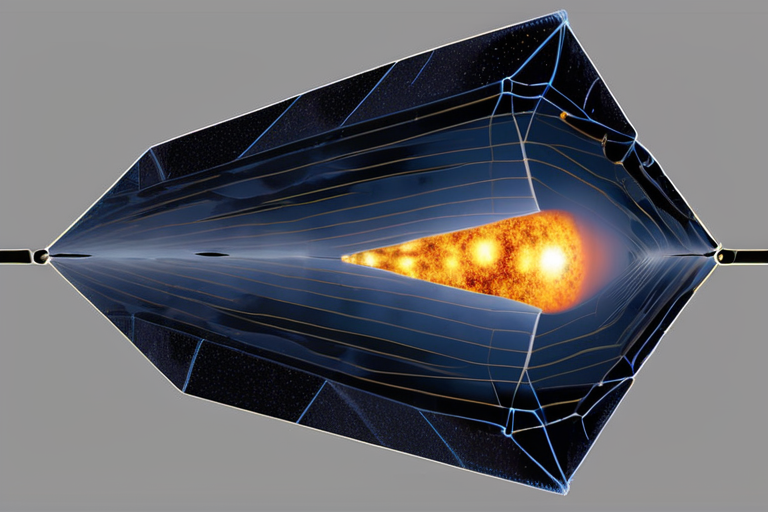






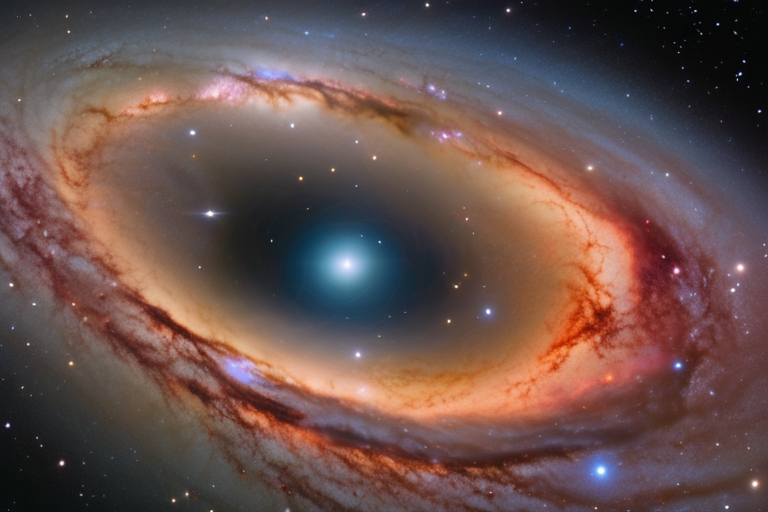
Share & Engage Share
Share this article